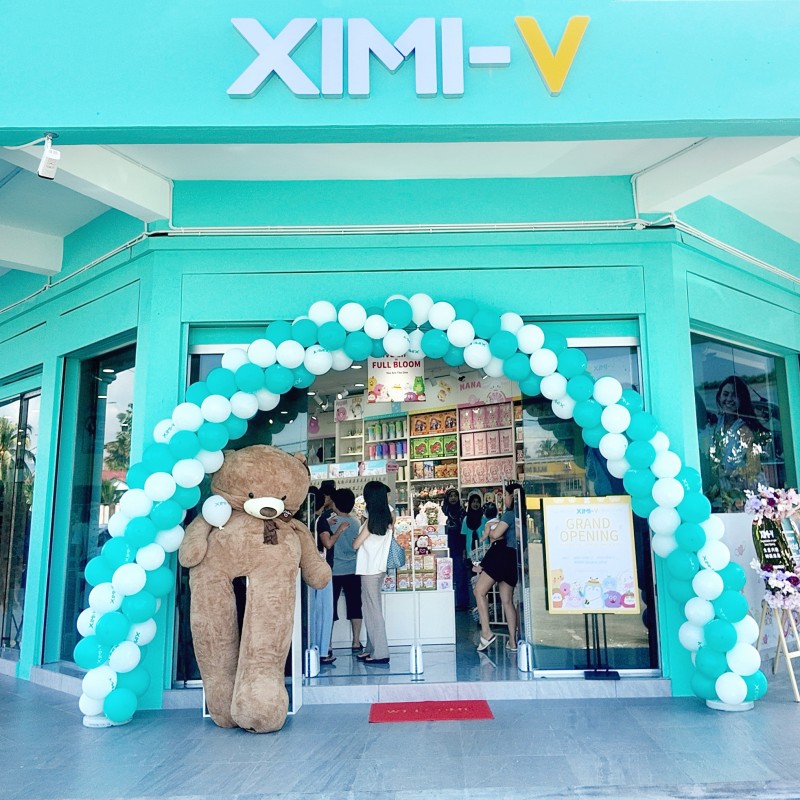XIMIVOGUE Tips on Product Certification in The Global Market
Author: Celia| Keywords chosen by Celia
Product certification is now a necessity in today's highly regulated global market. It serves as a strategic investment that guarantees market access, strengthens consumer confidence, and improves operational efficiency.
In this article, XIMIVOGUE delves into the different types of product certifications, their advantages, and the steps required to obtain them.
What is product certification?
Product certification is the process of securing official documentation that verifies a product meets established regulatory standards and safety requirements.

Different types of product certification
1. CE Marking (European Union)
CE marking is a mandatory certification that enables the free movement of products within the EU/EEA. It signifies a manufacturer's declaration that the product meets essential safety, health, and environmental standards outlined in relevant EU directives.
2. FCC Certification (United States)
The FCC certification is required for electronic devices made or sold in the USA. It ensures the product meets the Federal Communications Commission's standards for controlling electromagnetic interference. This certification is mandatory for products such as IT equipment, industrial devices, and medical equipment that emit RF radiation.

3. RoHS Compliance (Europe)
RoHS, short for "Restriction of Hazardous Substances," is an EU directive that regulates the use of specific hazardous materials in electrical and electronic equipment (EEE). Its goal is to minimize environmental and health risks by restricting harmful substances in electronic products.
4. UL Solutions certification
UL Solutions certification is a recognized standard in industries like energy, retail, technology, and construction. It checks the safety and performance of products such as automotive materials, audible devices, power supplies, plastics, and medical equipment.

5. Declaration of Conformity (DoC)
In the European Union, the Declaration of Conformity (DoC) is a mandatory requirement for products that require CE marking. It applies to various products, including toys, electronics, sunglasses, and medical devices.
6. Certification of Conformity (CoC)
A Certificate of Conformity (CoC) is an official document from a manufacturer, importer, or authorized third party that confirms a product meets the required standards and safety regulations. In many regions, a CoC is needed for market entry, and without it, products may be rejected, recalled, or face legal issues.

7. Gulf Conformity Mark (G-mark)
The Gulf Conformity Mark (G-Mark) is a regulatory symbol from the Gulf Cooperation Council (GCC), which includes seven member states. It shows compliance with GCC health, safety, and environmental standards.
XIMI-V is committed to ensuring the safety and quality of its products by adhering to international certification standards. We continuously prioritize compliance with regulatory guidelines.
These certifications not only demonstrate our dedication to consumer safety but also reinforce our brand's reliability in the global market. Moving forward, we will remain vigilant in maintaining product safety, improving quality standards, and adapting to evolving certification requirements to better serve our customers.
Benefits of product certification
1. Broaden market access
Each country or region usually has its specific certification requirements, making proper certification crucial for entering key markets.
2. Build consumer confidence and trust
Consumers are more inclined to select products with visible certification marks, as these provide reassurance that the products meet strict safety and quality standards.

3. Reduce risks
Certification helps companies mitigate potential risks, reducing the likelihood of product recalls, penalties, or market rejections.
4. Boost brand value
Certifications demonstrate a business's commitment to quality. They play a key role in building trust and showcasing preparedness for the future.

Product certification process
1. Prepare documents
Depending on the regulations and guidelines of the respective country, the certification agency may require a list of the product's components to verify that it complies with the applicable safety and quality standards.
2. Test and verify products
Once the documentation is received, the product is tested to ensure it meets the standards. This may involve lab tests, field tests, and simulations to check its performance, safety, durability, and environmental impact.

3. Certification Issuance
If the product passes all tests and meets the standards, the certification body issues a certificate. This may include a mark or label that the manufacturer can use on the product and packaging to show compliance.
4. Monitor and renewal
Certification is an ongoing process that typically requires continuous monitoring and renewal to ensure the product meets the necessary standards throughout its lifecycle.

 6 Beautiful Winter Headbands for Every Woman on Your List
6 Beautiful Winter Headbands for Every Woman on Your List
 Stay Warm in Style with These Essential Cold Day Accessories
Stay Warm in Style with These Essential Cold Day Accessories
 9 Scented Plushies That Make Every Hug Smell Like Magic
9 Scented Plushies That Make Every Hug Smell Like Magic
 XIMIVOGUE Minimalism Series Jewelry Pieces Redefined for Modern Lifestyles
XIMIVOGUE Minimalism Series Jewelry Pieces Redefined for Modern Lifestyles
 XIMIVOGUE New Store in Malaysia
XIMIVOGUE New Store in Malaysia




